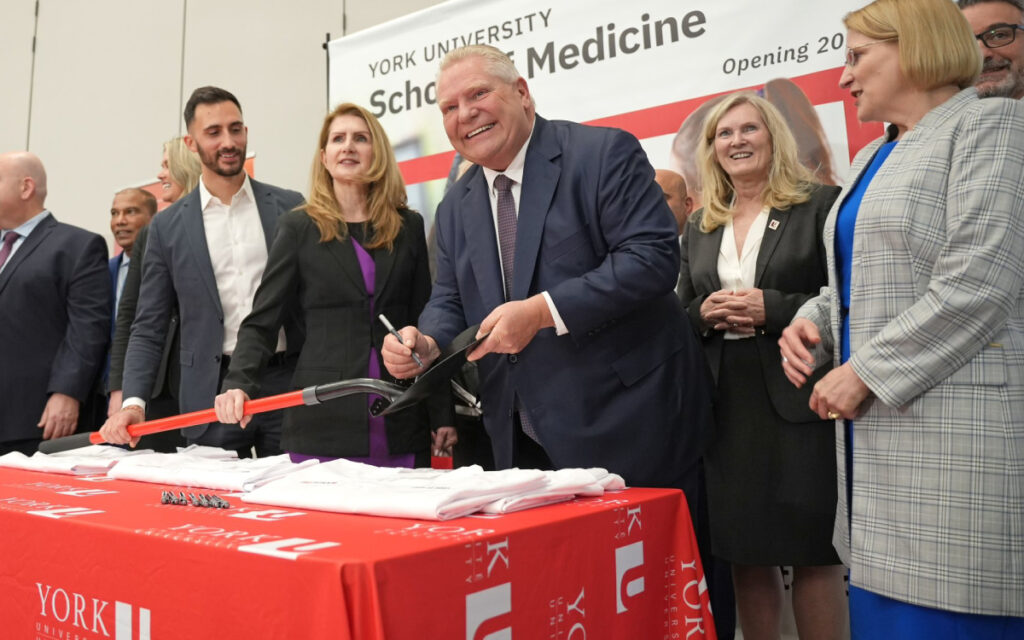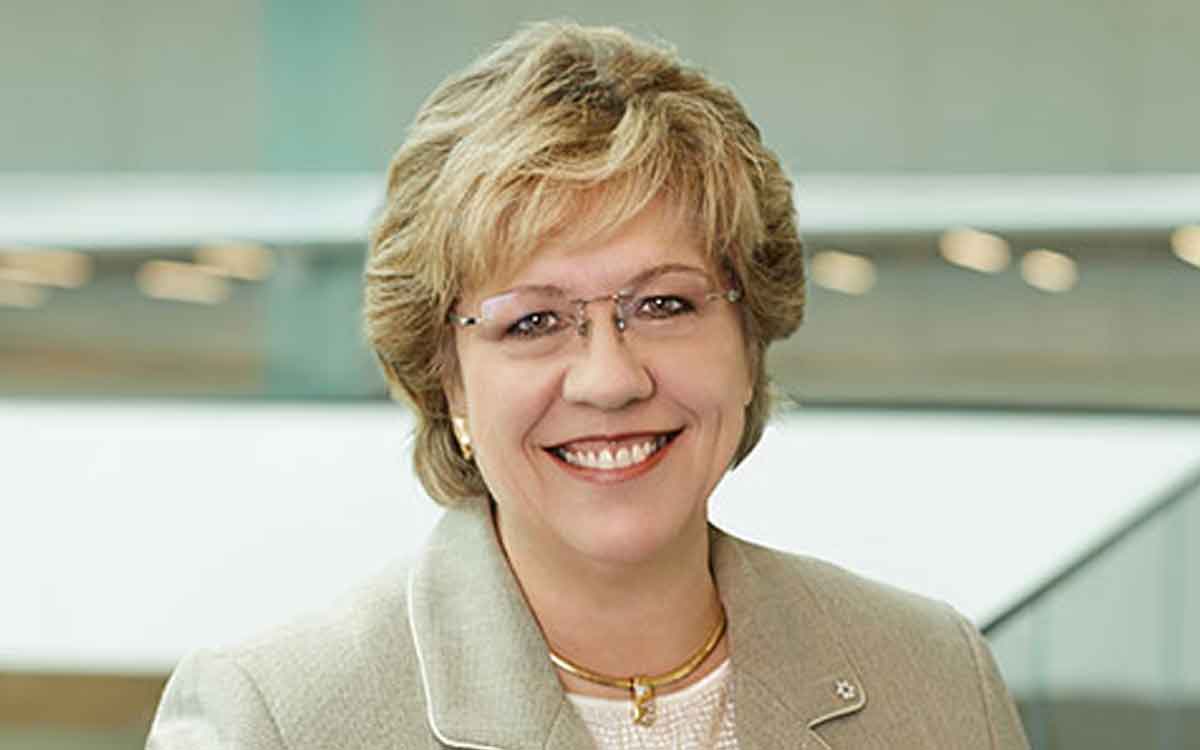
There will only be step-by-step progress if the government can stick to its plan, listen to front-line health care providers, follow the evidence and constantly measure our progress. Pictured: Premier Doug Ford and several cabinet ministers. Photo Credit: Doug Ford/X.
“Fixing health care” has been a preoccupation of provincial governments for decades. But despite ever increasing funding and even more rhetoric, the system continues to decline.
Nowhere is this more evident than in the delivery of primary health care. In other words, comprehensive care provided through a traditional family doctor.
In Ontario, the challenge is truly alarming. As the population grows older, more diverse, and subsequently experiences more complex health care needs, estimates say some 2.3 million Ontarians are not connected to a regular primary care provider.
The physician population is aging too, making the situation even worse as they choose early retirement or reduce their patient workload. Burnout, the increasing burden of red tape and administration and compensation are all causing fewer and fewer young physicians to choose family medicine.
One recent survey reported that family physicians spend 40 per cent of their time on administrative tasks, like filling out government and insurance company forms and employer sick notes. A U.S. survey calculated that the average physician would need 26 hours a day to handle administration and provide good care to patients.
Canadians in general, including our political class, used to comfort themselves with the notion that our universal health care system was great, certainly much better than the American system.
The COVID pandemic erased that delusion pretty quickly. In the words of a recent president of the Canadian Medical Association, our system is now “in crisis.”
There are solutions, but unfortunately, they all take time. One option is to increase the number of family physicians and encourage them to practice in teams with other health care providers. This has proven to improve patient health outcomes, provider satisfaction and to even be relatively cost effective.
In Ontario, which has one of the better ratios of patients connected to primary care providers in Canada, this year’s spring budget dedicated an additional $546 million over the next three years to increase comprehensive health care teams. Much of it will be focused on higher needs geographic areas outside the Greater Toronto Area. For example, the Niagara Region will receive $2.1 million.
The government is also expanding and building new medical schools. The most recent announcement launched a school in Vaughan, affiliated with York University, that will focus primarily on training family physicians.
New spending is also focused on producing more nurses and nurse practitioners, another critical need for primary care delivery.
All well and good, but training new doctors and nurses takes years. And simply adding more money can’t be the only solution.
Ontario Finance Minister Peter Bethlenfalvy was roundly criticized by fiscal conservatives for introducing a budget last month that predicted a $9.8-billion deficit.
That’s the reality he faces as he tries to move to a balanced budget. The funding pressures for this and other critical priorities like infrastructure and post-secondary education will also continue to grow.
It is a daunting challenge as the government gets closer to the next election, only two years away. But there is a way forward.
Don’t get sidetracked by ideological arguments over public versus private health care. Our system is already a mixed blend and there is no reason why public and private sector providers can’t continue to co-exist in a variety of forms as they do in other countries. Good regulation, transparency and accountability for all providers is the solution. Who does what best is the question, not an ideological purity test.
Follow the evidence. Many other jurisdictions are facing similar challenges and there are many models out there, with track records marking their relative successes and failures.
Don’t overburden family health teams with onerous rules and government bureaucracy. Yes, you need accountability, but it can be done without the endless red tape and constantly changing rules that discourage participation.
How can technology help? The fast evolution of artificial intelligence is opening up a host of ways to improve the efficiency and efficacy of health care.

Janet Ecker is a former Ontario Finance Minister, Minister of Education, Minister of Community and Social Services and Government House Leader in the governments of Premier Mike Harris and Premier Ernie Eves. After her political career, she served as the founding CEO of the Toronto Financial Services Alliance, a public-private partnership dedicated to building Toronto region into an international financial centre. She currently sits on a number of corporate and non-profit boards, agencies and advisory committees.
Ms. Ecker received the Order of Canada for her public service contributions and was recognized as one of the “Most Influential People in the World’s Financial Centres” by Financial Centres International. She also received a “Canada’s Most Powerful Women: Top 100 Award” from the Women’s Executive Network and the Richard Ivey School of Business, among other awards. She is also one of the founders of Equal Voice, a national, multi-partisan organization working to elect more women.




















